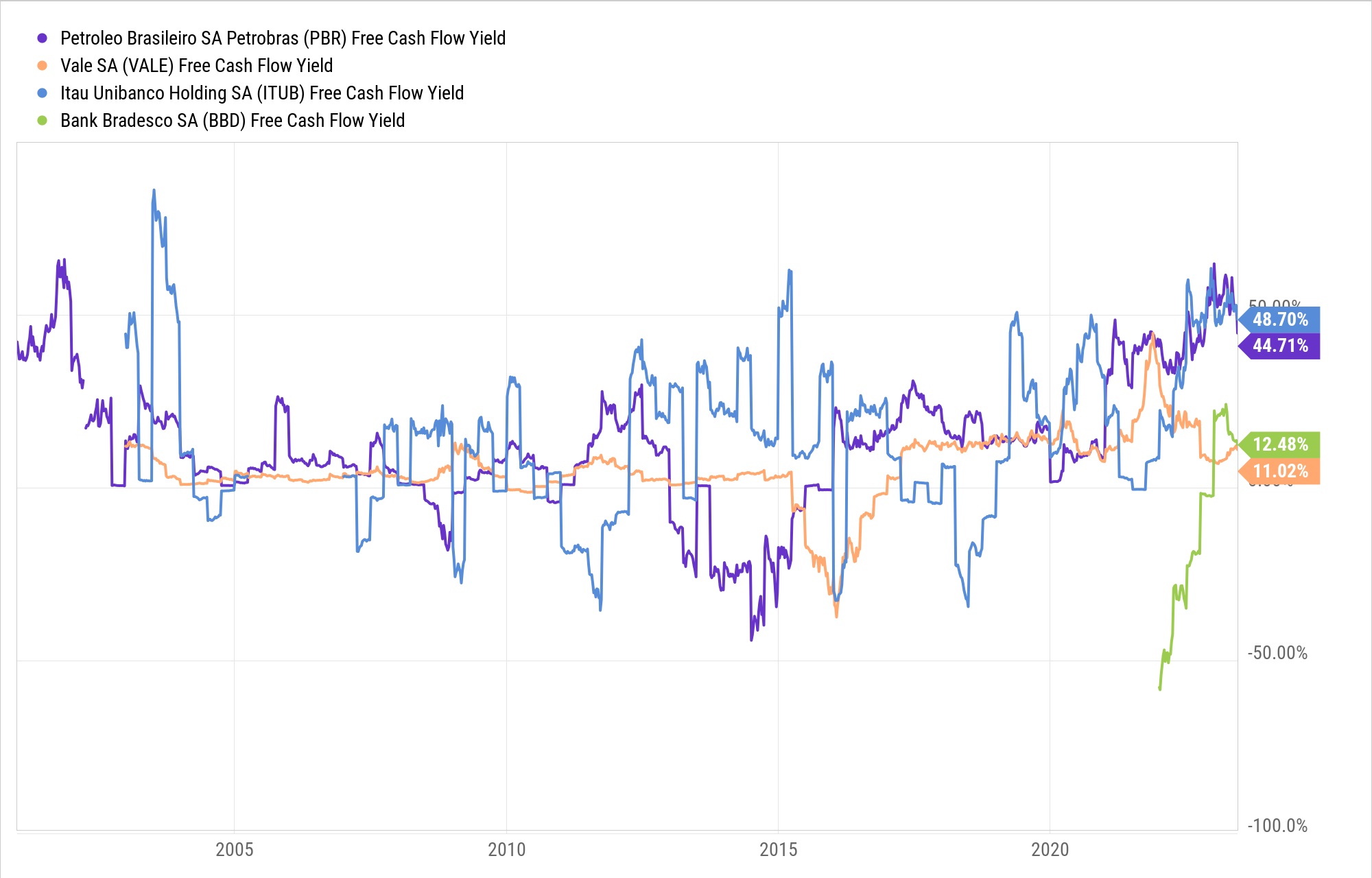

Finance
How To Claim California Renters Credit
Published: January 12, 2024
Learn how to claim the California renters credit and maximize your savings. Our finance experts provide step-by-step guidance for a hassle-free process.
(Many of the links in this article redirect to a specific reviewed product. Your purchase of these products through affiliate links helps to generate commission for LiveWell, at no extra cost. Learn more)
Table of Contents
Introduction
Are you a renter in California? If so, you may be eligible for a valuable tax credit known as the California Renters Credit. This credit is designed to provide financial relief to low-income individuals and families who are burdened by high rental costs.
The California Renters Credit can provide a significant benefit, reducing the amount of tax owed or even resulting in a refund. Whether you’re a long-term renter or someone who recently moved to the state, understanding the eligibility requirements and the process of claiming the credit is important to take advantage of this valuable opportunity.
By following the guidelines outlined in this article, you can navigate the necessary steps to claim the California Renters Credit and potentially put some extra money back in your pocket.
However, it’s important to note that the information provided here is general in nature and it’s always best to consult with a tax professional or the California Franchise Tax Board directly for specific advice tailored to your situation.
Eligibility Requirements
In order to claim the California Renters Credit, you must meet certain eligibility criteria. These requirements include:
- Filing Status: You must file your taxes as either Single, Head of Household, or Qualifying Widow(er). Married couples filing jointly are not eligible for the credit.
- Income Limits: Your total household income must fall within the specified income limits set by the California Franchise Tax Board. These limits vary depending on the number of individuals in your household. It’s important to note that only individuals with an Adjusted Gross Income (AGI) of $41,641 or less will qualify for the maximum credit amount.
- Qualifying Properties: You must rent a qualified principal residence in California for at least six months during the tax year. Additionally, the property must not be exempt from property taxes.
It’s important to understand that meeting these eligibility requirements does not guarantee that you will receive the California Renters Credit. The credit is subject to available funds and is distributed on a first-come, first-served basis. Therefore, it’s recommended to file your tax return as early as possible to increase your chances of receiving the credit.
If you’re unsure about whether you meet the eligibility criteria, you can consult the California Franchise Tax Board’s website or seek professional advice from a tax expert.
Filing Status
When claiming the California Renters Credit, it’s important to understand the different filing statuses that are eligible for the credit. The three filing statuses that qualify for the credit are:
- Single: This filing status is for individuals who are legally unmarried or separated.
- Head of Household: This filing status is for individuals who are unmarried or considered unmarried, have dependents, and meet certain criteria outlined by the Internal Revenue Service (IRS).
- Qualifying Widow(er): This filing status is for individuals who are widowed and have not remarried within the tax year, have a dependent child, and meet specific requirements set by the IRS.
Married individuals who file their taxes jointly are not eligible for the California Renters Credit. If you are married and file your taxes separately, you may still be eligible for the credit, but it’s important to review the specific requirements and consult with a tax professional.
When determining your filing status, it’s important to accurately assess your situation and select the appropriate status. Choosing the wrong filing status can result in incorrect calculations and potential penalties. If you are unsure about which filing status to choose, it’s recommended to seek professional advice or refer to the guidelines provided by the California Franchise Tax Board.
By ensuring that you select the correct filing status and meet the other eligibility requirements, you can maximize your chances of claiming the California Renters Credit successfully.
Income Limits
When applying for the California Renters Credit, it’s important to understand the income limits that determine eligibility. The income limits are based on the Adjusted Gross Income (AGI) of your household and vary depending on the number of individuals in your household.
For the tax year 2021, the following income limits apply:
- A maximum AGI of $41,641 for individuals filing as Single
- A maximum AGI of $83,282 for individuals filing as Head of Household
- A maximum AGI of $83,282 for individuals filing as Qualifying Widow(er)
It’s important to note that these income limits are subject to change each year, so it’s crucial to refer to the latest guidelines provided by the California Franchise Tax Board.
If your household income exceeds the specified limits, you may still be eligible for a partial credit. The credit amount gradually decreases as your income approaches the maximum limit. It’s important to calculate your eligibility accurately to maximize the credit you can claim.
When determining your income for the purposes of the California Renters Credit, you must consider your household income, including all sources of taxable income such as wages, self-employment income, and investment income. Non-taxable income, such as certain social security benefits, is not included in the calculation.
Ensure that you have accurate records of your income and consult the guidelines provided by the California Franchise Tax Board to determine if you meet the income requirements for the California Renters Credit.
Qualifying Properties
In order to be eligible for the California Renters Credit, you must rent a qualifying principal residence in the state. Here are some key points to understand regarding the qualifying properties:
- Residence Type: The property you are renting must be your principal residence. This means that it must be the place where you primarily live and intend to return to, even if you temporarily move elsewhere.
- Location: The rental property must be located within the state of California. The credit is specifically designed to assist renters who reside in California and face high housing costs.
- Exemptions: The property must not be exempt from property taxes. Some types of properties, such as government-subsidized housing or properties owned by certain organizations, may be exempt from property taxes and, therefore, may not qualify for the renters credit.
It’s important to note that renting a room in someone else’s home or living in a mobile home or apartment also qualifies as long as it meets the other eligibility requirements mentioned above.
When claiming the California Renters Credit, you may be required to provide proof of your rental arrangements. This can include lease agreements, rental receipts, or other documentation that verifies your tenancy in the qualifying property.
It’s crucial to ensure that the rental property you are claiming for the credit meets all the necessary criteria. If you have any doubts or concerns about whether your property qualifies, it’s advisable to consult with the California Franchise Tax Board or seek professional advice to ensure compliance.
Documentation Required
When claiming the California Renters Credit, it’s important to gather and provide the necessary documentation to support your eligibility. Having the required documentation ready will help streamline the filing process and ensure accurate and timely submission of your claim.
Here are some key documents you may need when claiming the California Renters Credit:
- Rental Receipts: Keeping a record of your rental payments is essential. Gather your rental receipts or any other documents that show the amount you paid for rent during the tax year. Make sure the receipts include the property address, dates, and the total amount paid.
- Lease Agreement: If you have a lease agreement with your landlord, having a copy of the signed agreement can provide additional evidence of your rental arrangement.
- Proof of Residency: It may be helpful to have documents that establish your residency at the rental property, such as utility bills or bank statements with your name and address.
- Income Documentation: Depending on your situation, you may need to provide documentation of your income, such as W-2 forms, 1099 forms, or other income statements.
- Identification: You may be required to provide proof of your identity, such as a valid driver’s license or social security number.
It’s important to keep all these documents organized and easily accessible when you file your tax return. Make sure to save copies of the documents for your records.
Remember that the specific documentation needed may vary depending on your circumstances. If you have any doubts about the required documentation or need further clarification, it’s best to consult the California Franchise Tax Board or seek guidance from a tax professional.
By having the necessary documentation ready, you can ensure a smooth and successful claim for the California Renters Credit.
How to Claim the California Renters Credit
Claiming the California Renters Credit is a relatively straightforward process. Once you have determined that you meet the eligibility requirements and have gathered the necessary documentation, you can proceed with claiming the credit by following these steps:
- 1. Prepare your tax return: Begin by preparing your tax return using the appropriate tax forms, such as Form 540 or Form 540NR, depending on your residency status. Make sure to accurately report your income, deductions, and other relevant information.
- 2. Determine your credit amount: Calculate the amount of the California Renters Credit you are eligible for based on your income and other factors. You can refer to the California Franchise Tax Board’s instructions or use a tax software program to assist you in calculating the credit.
- 3. Complete the necessary forms: Depending on the tax software or method you are using to file your taxes, you may need to fill out specific forms to claim the California Renters Credit. Follow the instructions provided by the software or consult the California Franchise Tax Board’s guidelines.
- 4. Attach supporting documents: Make sure to include the required supporting documents, such as rental receipts, lease agreements, and proof of residency, with your tax return. Keep copies of these documents for your records.
- 5. File your tax return: Submit your tax return, either electronically or by mail, to the California Franchise Tax Board. If you choose to file electronically, the tax software you are using will guide you through the process. If you prefer to file a paper return, make sure to follow the mailing instructions provided by the California Franchise Tax Board.
It’s important to ensure that your tax return accurately reflects your eligibility for the California Renters Credit and that you have provided all the necessary information and documentation. Failing to do so may result in delays or potential issues with your claim.
As with any tax-related matters, it’s advisable to double-check the instructions provided by the California Franchise Tax Board or seek professional advice if you have any questions or concerns before submitting your claim.
By following these steps, you can successfully claim the California Renters Credit and potentially receive a valuable reduction in your tax liability or even a refund.
Online Filing Options
Filing your tax return online offers convenience and ease, and it’s no different when claiming the California Renters Credit. The California Franchise Tax Board provides online filing options that make the process faster and more efficient. Here are some online filing options to consider:
- CalFile: CalFile is the California Franchise Tax Board’s free online filing system. It offers a user-friendly interface that guides you through the filing process and automatically calculates your California Renters Credit based on the information you provide. CalFile is available for both resident and nonresident taxpayers.
- Approved Online Filing Software: You can also use approved tax software, such as TurboTax or H&R Block, to electronically file your tax return and claim the California Renters Credit. These platforms ensure accurate calculations and provide step-by-step guidance to help you claim all eligible credits and deductions.
- Online Tax Preparers: If you prefer a more hands-on approach, you can choose to work with an online tax preparer. These services allow you to input your tax information online and have a professional review and file your tax return, including the California Renters Credit claim, on your behalf.
Regardless of the online filing option you choose, be sure to have all your necessary documentation, such as rental receipts and lease agreements, readily available. Input the information accurately and review your tax return before submitting it electronically to ensure it reflects your eligibility for the California Renters Credit.
By taking advantage of these online filing options, you can conveniently claim the California Renters Credit from the comfort of your own home, saving time and potentially receiving your refund more quickly.
Remember to keep copies of your filed tax return and supporting documents for your records. If you have any questions or encounter any issues while filing online, consult the resources provided by the California Franchise Tax Board or seek assistance from a qualified tax professional.
Paper Filing Options
If you prefer to file your tax return by mail or are unable to access online filing options, you can still claim the California Renters Credit using paper filing methods. Here are the steps to consider when utilizing paper filing options:
- 1. Obtain the necessary forms: Download or request the appropriate tax forms from the California Franchise Tax Board’s website or local tax offices. The forms needed to claim the California Renters Credit are typically included with the general tax return forms.
- 2. Complete the required forms: Carefully fill out the necessary forms, ensuring you provide accurate information regarding your income, deductions, and other relevant details. Calculate your California Renters Credit based on the guidelines provided by the California Franchise Tax Board.
- 3. Include supporting documentation: Attach all the required supporting documents, such as rental receipts, lease agreements, or proof of residency, along with your completed tax forms. Make sure to keep copies of these documents for your records.
- 4. Mail your tax return: Once you have completed the forms and attached the necessary documentation, mail your tax return, including the California Renters Credit claim, to the designated address provided by the California Franchise Tax Board. It’s important to use the correct mailing address and include any additional forms or schedules as outlined in the instructions.
When utilizing paper filing options, it’s crucial to ensure legibility and accuracy, as any errors or incomplete information can cause delays in processing your claim. Double-check your calculations, review your tax return for any missing details, and sign and date the necessary forms before mailing them.
Keep in mind that processing times for paper-filed returns may be longer compared to electronic filing. Therefore, it’s advisable to allow ample time for your tax return to reach the California Franchise Tax Board and be processed.
If you have any questions or need assistance with the paper filing process, consult the resources provided by the California Franchise Tax Board or seek guidance from a tax professional.
By following these steps and utilizing paper filing options, you can successfully claim the California Renters Credit and receive the financial benefits you are eligible for.
Common Mistakes to Avoid
When claiming the California Renters Credit, it’s important to be aware of common mistakes that can potentially delay or affect your eligibility. By avoiding these errors, you can ensure a smooth and successful claiming process. Here are some common mistakes to watch out for:
- Inaccurate Reporting of Income: Ensure that you accurately report your income from all sources, including wages, self-employment income, and investment income. Failure to report your income correctly can result in miscalculations and potential issues with your claim.
- Insufficient Documentation: Make sure to gather and provide all the necessary documentation to support your claim, such as rental receipts, lease agreements, and proof of residency. Failing to include or provide insufficient supporting documents may result in a delay or denial of your California Renters Credit claim.
- Missing the Filing Deadline: Be mindful of the tax filing deadline to ensure timely submission of your claim. Failing to file your tax return by the deadline can result in penalties and loss of eligibility for the California Renters Credit.
- Incorrect Filing Status: Selecting the wrong filing status can impact your eligibility for the California Renters Credit. Ensure that you choose the correct filing status based on your situation and consult the guidelines provided by the California Franchise Tax Board if you have any doubts.
- Mathematical Errors: Double-check your calculations and ensure that you accurately calculate the amount of the California Renters Credit you are eligible for. Mathematical errors can lead to incorrect credit amounts and potential delays in processing your claim.
To avoid these common mistakes, take the time to thoroughly review your tax return, carefully enter the information, and cross-reference it with your supporting documents. If you’re uncertain about certain aspects of your claim, consider seeking guidance from a tax professional or contacting the California Franchise Tax Board for clarification.
By being diligent and attentive to detail, you can minimize the chances of making these common mistakes and increase the likelihood of a successful California Renters Credit claim.
Frequently Asked Questions
Here are some common questions and answers regarding the California Renters Credit:
-
Is the California Renters Credit refundable?
Yes, the California Renters Credit is refundable. If the credit reduces your tax liability to zero or results in a negative tax liability, you may be eligible for a refund of the remaining credit amount. -
Can I claim the California Renters Credit if my landlord pays the property taxes?
No, if your landlord covers the property taxes, the rental property may be exempt from property taxes and, therefore, not eligible for the California Renters Credit. -
What if I live in government-subsidized housing?
Individuals living in government-subsidized housing, such as Section 8 or other federally subsidized programs, are generally not eligible for the California Renters Credit. -
Can I claim the California Renters Credit if I rent a room in someone else’s home?
Yes, as long as you meet all other eligibility requirements, such as the income limits and residency criteria, you can claim the California Renters Credit for renting a room in someone else’s home. -
Can I claim the California Renters Credit if I moved out of California during the tax year?
To claim the California Renters Credit, you must have rented a qualifying principal residence in California for at least six months during the tax year. If you moved out of California before meeting this requirement, you may not be eligible for the credit.
These are just a few examples of frequently asked questions regarding the California Renters Credit. If you have specific concerns or inquiries about your eligibility or the claiming process, it’s recommended to consult the California Franchise Tax Board directly or seek advice from a tax professional.
Remember, the information provided here is for general guidance purposes only, and it’s always best to seek personalized advice tailored to your individual circumstances.
Conclusion
The California Renters Credit is a valuable tax credit that can provide financial relief to eligible renters in the state. By carefully understanding the eligibility requirements, gathering the necessary documentation, and following the correct filing procedures, you can successfully claim this credit and potentially reduce your tax liability or receive a refund.
Throughout this guide, we have covered important aspects of the California Renters Credit, including eligibility requirements, filing statuses, income limits, qualifying properties, documentation requirements, and filing options. We also highlighted common mistakes to avoid and provided answers to frequently asked questions.
Remember to consult the guidelines provided by the California Franchise Tax Board for the most up-to-date information and to seek professional advice if you have specific questions or concerns about your situation.
By understanding the requirements, being accurate in your reporting, and providing the necessary documentation, you can increase your chances of successfully claiming the California Renters Credit and enjoying the financial relief it provides.
Take advantage of the tools and resources available to you, whether it be online filing options or consulting with tax professionals, to ensure that you maximize your eligibility for the California Renters Credit and receive the benefits you deserve.
By staying informed and taking the appropriate steps, you can navigate the process of claiming the California Renters Credit with confidence and potentially enjoy a much-needed financial boost.














